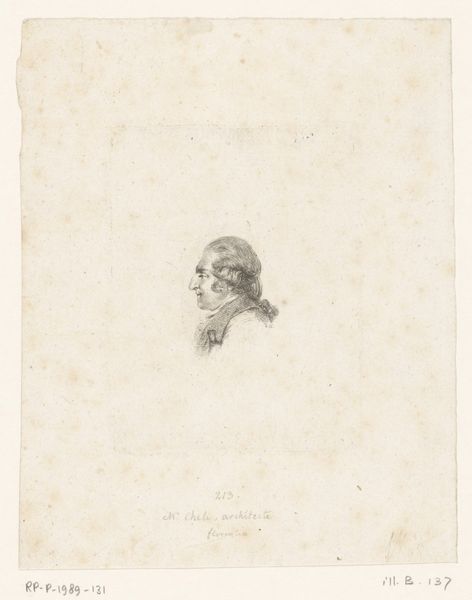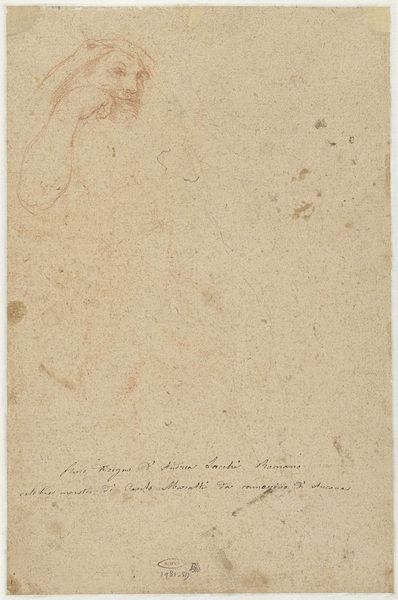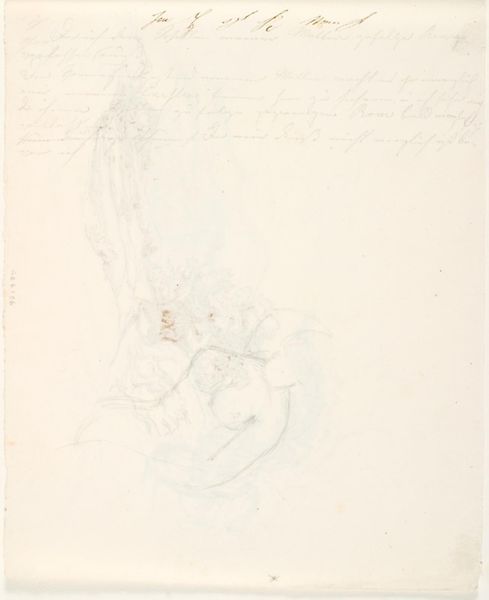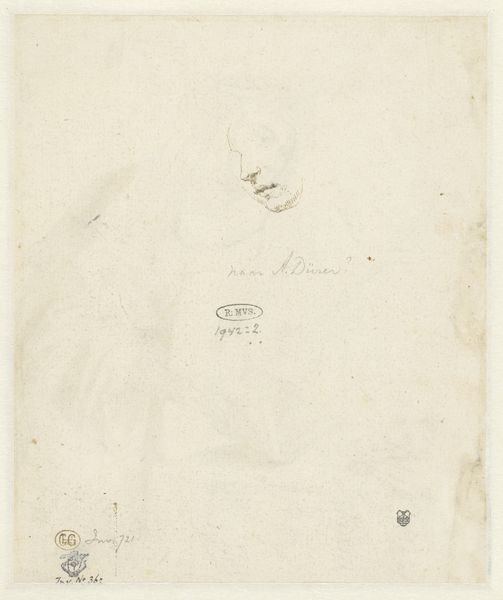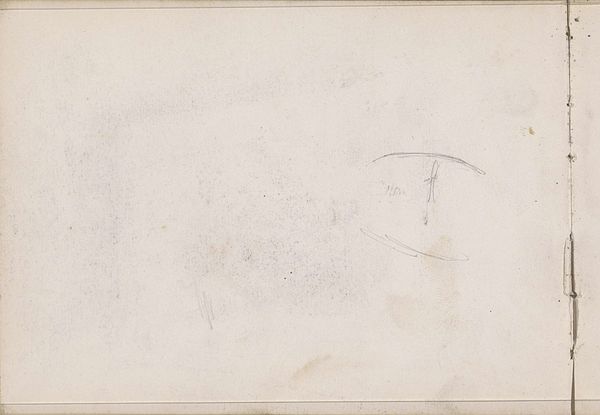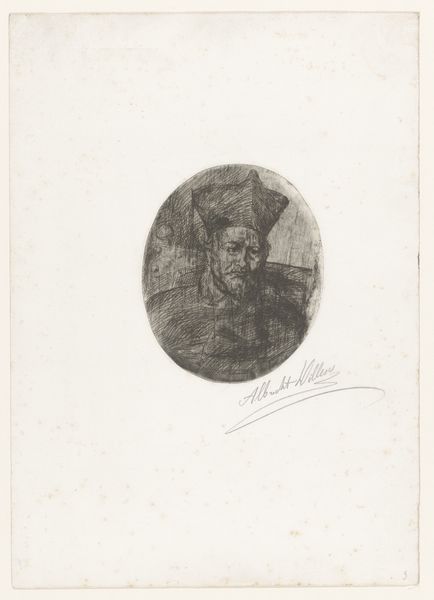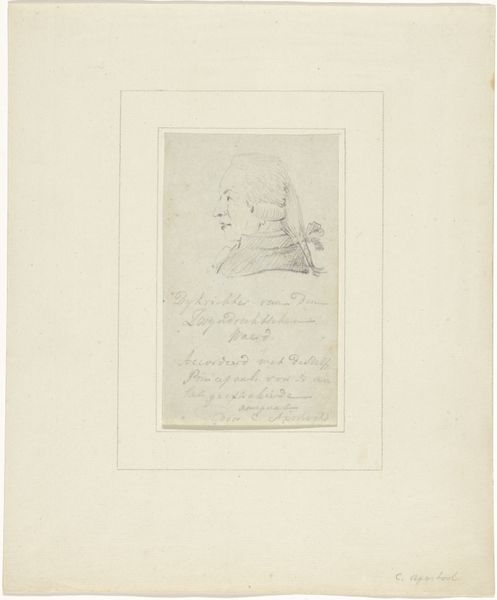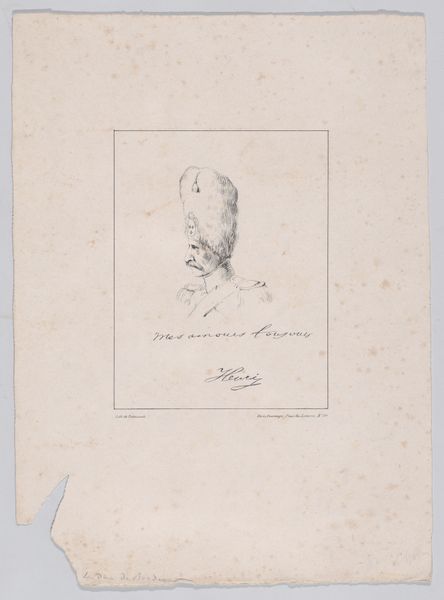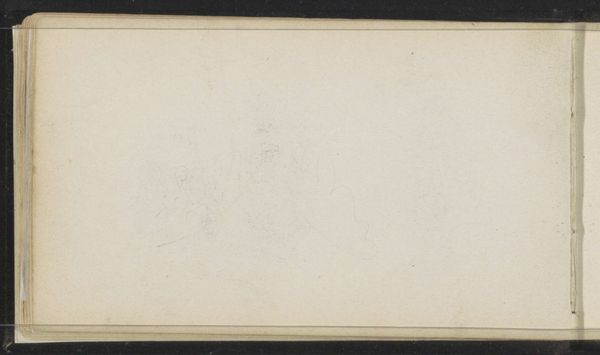
drawing, pencil
#
portrait
#
pencil drawn
#
drawing
#
pencil sketch
#
pencil
#
pencil work
#
realism
Copyright: Rijks Museum: Open Domain
Curator: Here we have “Naam en adres,” a pencil drawing from around 1858, housed here at the Rijksmuseum. Editor: It’s… delicate, almost spectral. A faint face emerges from the page, surrounded by what looks like handwriting. The grey on white evokes a ghostly aura, a lost soul perhaps. Curator: Indeed. The realism movement was taking hold then, but portraits like this one still played a key role in solidifying social standing and remembrance. What interests me is how the integration of the name and address impacts that role, positioning it perhaps as more than just a personal memento. Editor: That hand script is definitely evocative, hinting at the personal details grounding that social position. Notice how the very medium, pencil, lends itself to a transient impression. Is it a complete, definitive portrait, or just a preliminary impression waiting to be finalized? Curator: Interesting point. Pencil sketches served as accessible and versatile tools. It suggests this might be a study, potentially preceding a more formal rendering in paint. Moreover, the presence of this work within the Rijksmuseum collection points to shifting collecting practices; It's not simply about the finished painting or sculpture. Drawings often provide insights into process and conception. Editor: Visually, the face seems enveloped, or even imprisoned, by the words around it. The inscription overtakes the portrait. One almost sees it as a representation of identity subsumed within a bureaucratic or societal structure. Does the inclusion of the address suggest something about societal placement, like announcing the subject's availability for engagement or surveillance? Curator: Perhaps. This aligns with Realism’s interest in documenting life as it was lived and how social mechanisms impacted ordinary citizens. Placing the sitter both as a private individual and locating them directly into a network of social accountability makes me see echoes of documentary aesthetics still emerging. Editor: Ultimately, the faintness leaves a haunting, ethereal impression, that I keep coming back to. It suggests both permanence and incredible fragility—a portrait struggling against the page. Curator: And maybe in doing so, revealing deeper narratives about identity, representation, and societal place at that specific time. Thanks for helping tease that out.
Comments
No comments
Be the first to comment and join the conversation on the ultimate creative platform.
